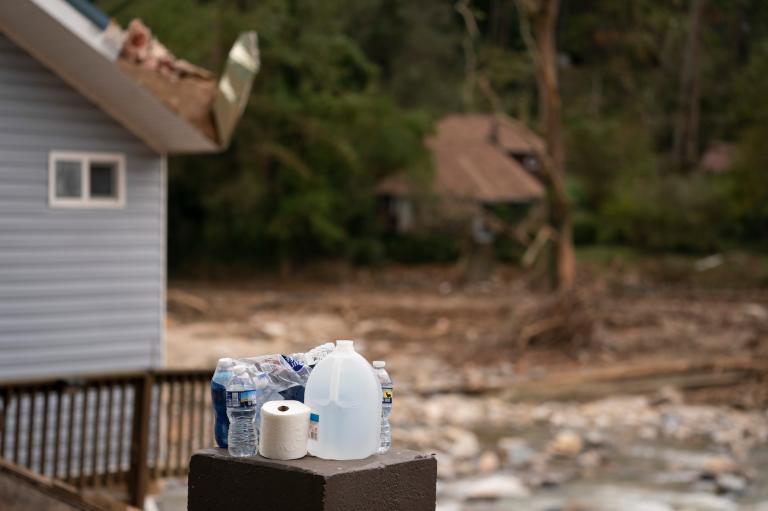
A subtle reminder that the environment in California is generally nice.
The long run-up to California’s cap-and-trade program will finally end this November, as the state launches its market for carbon allowances. Polluters will buy allowances for each ton of carbon dioxide they produce on an open market. Producing more will therefore cost a company more; producing less will yield a cost savings. The system is intended not only to impose a cost on the pollution, but also to bring down the total amount of pollution.
From Bloomberg:
The [California Air Resources Board] is on schedule to develop a platform for a Nov. 14 auction of allowances, each allowing for the release of one metric ton of carbon under a state program that caps emissions from plants beginning next year, Chairman Mary Nichols said during an interview at Bloomberg’s San Francisco office. …
Allowances to be used as part of the state’s program are commanding higher prices than any other carbon permits traded on futures exchanges as regulators develop rules for a system that eventually will cover 85 percent of the greenhouse gases released in the state. It would become the first economy-wide program of its kind in the U.S.
Over the course of this decade, the state will decrease the amount of carbon that can be traded on the market — thereby increasing the cost of a ton of emission and, of course, reducing the amount of carbon the state produces with a goal of returning to the state’s 1990 emissions level. California is currently the second-largest carbon dioxide producer among American states.



